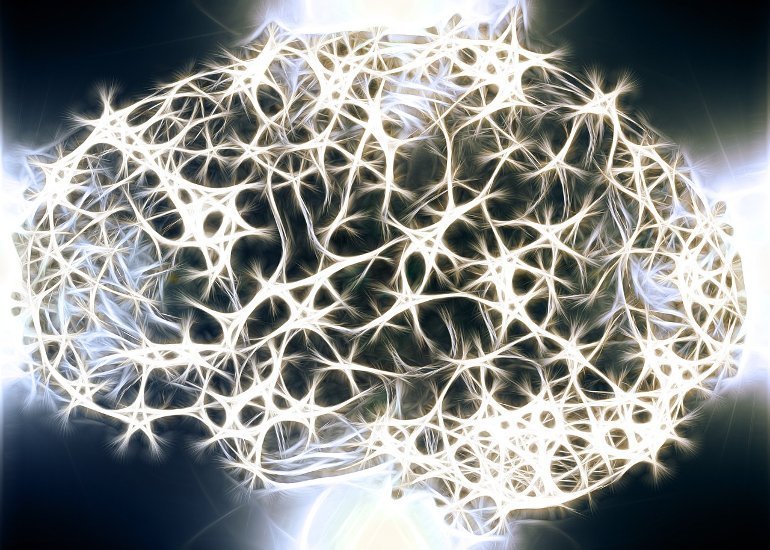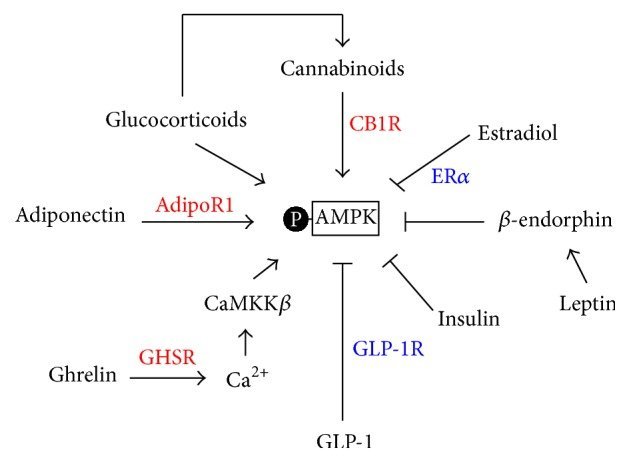Mito
Member
- Joined
- Dec 10, 2016
- Messages
- 2,554
Summary: Rapamycin, a drug approved for the treatment of cancer and transplant patients increases amyloid-beta protein plaques in the brains of mice.
Source: UT San Antonio
Researchers from The University of Texas Health Science Center at San Antonio (UT Health San Antonio) have found that oral administration of rapamycin to an Alzheimer’s disease mouse model causes an increase in beta (β)-amyloid protein plaques. β-amyloid buildup is a hallmark of Alzheimer’s disease.
Rapamycin is approved to treat transplant and cancer patients. Publicly available data suggest that the drug might also improve learning and memory in aged mice. However, the UT Health San Antonio researchers observed that after rapamycin treatment, a protein called Trem2 (triggering receptor expressed on myeloid cells 2) is dramatically diminished. Trem2 is present in microglia, which are immune cells in the brain and spinal cord.
“Trem2 is a receptor located on the surface of the microglia, and it enables these cells to engulf and degrade β-amyloid,” said study senior author Manzoor Bhat, PhD.
“Loss of Trem2 in microglia impairs the vital function of amyloid degradation, which in turn causes a buildup of β-amyloid plaques.” Dr. Bhat is professor and chairman of the Department of Cellular and Integrative Physiology at UT Health San Antonio and vice dean for research in the university’s Joe R. and Teresa Lozano Long School of Medicine.
Drug target
Importantly, the study, published June 7 in the Journal of Neuroscience, also featured a novel way to increase Trem2 in microglia. When the study lead author, Qian Shi, PhD, assistant professor in the Department of Cellular and Integrative Physiology, deleted a gene called Tsc1 from the microglia, there was a marked increase in Trem2 levels and a decrease in β-amyloid plaques.
Previous research has shown that loss of Tsc1 leads to activation of the mTOR (mammalian target of rapamycin) signaling pathway. Rapamycin, in contrast, blocks this pathway.
“We expected that selective loss of Tsc1, only in microglia and not in neurons or other cells, would have negative consequences because inhibiting mTOR with rapamycin has known therapeutic uses in some disease models,” Dr. Shi said.
“But the opposite was occurring.” Thus, repressing Tsc1 solely in microglia to enhance β-amyloid uptake could be a potential drug target, Dr. Shi said.

 neurosciencenews.com
neurosciencenews.com
Source: UT San Antonio
Researchers from The University of Texas Health Science Center at San Antonio (UT Health San Antonio) have found that oral administration of rapamycin to an Alzheimer’s disease mouse model causes an increase in beta (β)-amyloid protein plaques. β-amyloid buildup is a hallmark of Alzheimer’s disease.
Rapamycin is approved to treat transplant and cancer patients. Publicly available data suggest that the drug might also improve learning and memory in aged mice. However, the UT Health San Antonio researchers observed that after rapamycin treatment, a protein called Trem2 (triggering receptor expressed on myeloid cells 2) is dramatically diminished. Trem2 is present in microglia, which are immune cells in the brain and spinal cord.
“Trem2 is a receptor located on the surface of the microglia, and it enables these cells to engulf and degrade β-amyloid,” said study senior author Manzoor Bhat, PhD.
“Loss of Trem2 in microglia impairs the vital function of amyloid degradation, which in turn causes a buildup of β-amyloid plaques.” Dr. Bhat is professor and chairman of the Department of Cellular and Integrative Physiology at UT Health San Antonio and vice dean for research in the university’s Joe R. and Teresa Lozano Long School of Medicine.
Drug target
Importantly, the study, published June 7 in the Journal of Neuroscience, also featured a novel way to increase Trem2 in microglia. When the study lead author, Qian Shi, PhD, assistant professor in the Department of Cellular and Integrative Physiology, deleted a gene called Tsc1 from the microglia, there was a marked increase in Trem2 levels and a decrease in β-amyloid plaques.
Previous research has shown that loss of Tsc1 leads to activation of the mTOR (mammalian target of rapamycin) signaling pathway. Rapamycin, in contrast, blocks this pathway.
“We expected that selective loss of Tsc1, only in microglia and not in neurons or other cells, would have negative consequences because inhibiting mTOR with rapamycin has known therapeutic uses in some disease models,” Dr. Shi said.
“But the opposite was occurring.” Thus, repressing Tsc1 solely in microglia to enhance β-amyloid uptake could be a potential drug target, Dr. Shi said.

Rapamycin Increases Alzheimer’s-Associated Plaques in Mice - Neuroscience News
Rapamycin, a drug approved for the treatment of cancer and transplant patients increases amyloid-beta protein plaques in the brains of mice.



